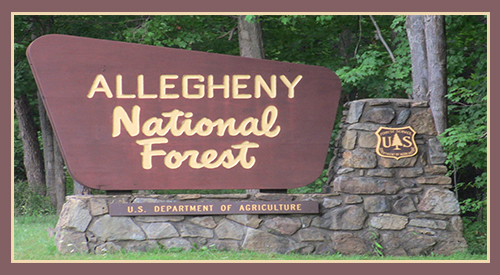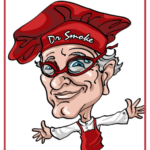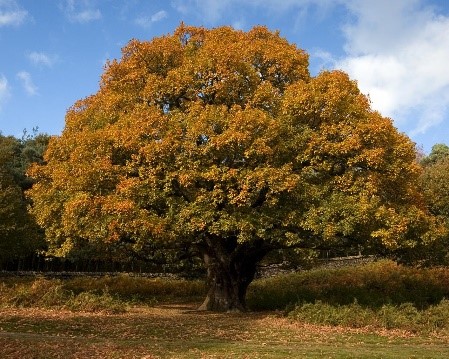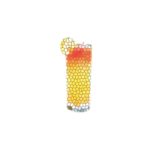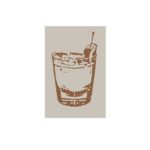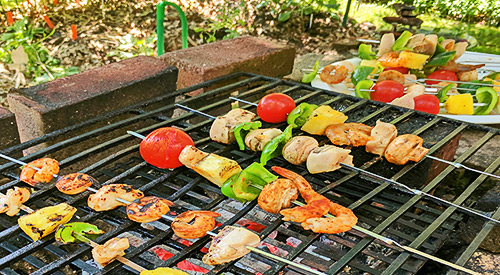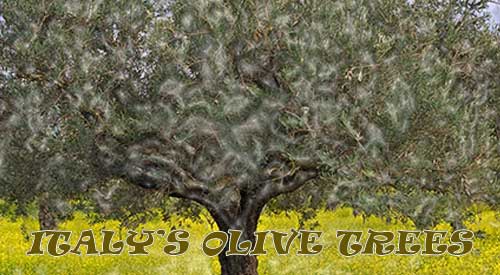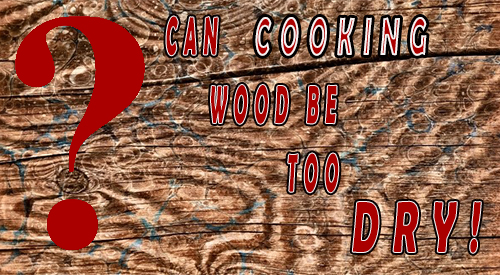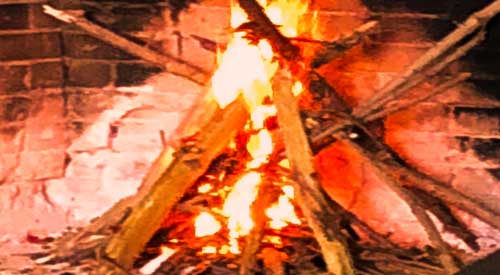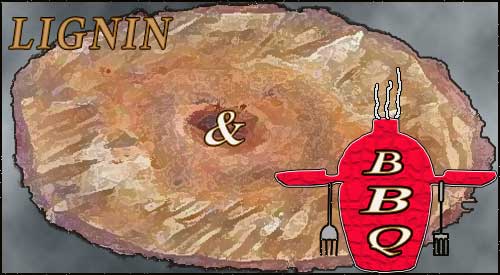Thu 27 Jun 2019
Charcoal Grilled Asparagus
Posted by DrSmokeRead other related stories: Charcoal Grilling , General Smoking Information , Guest bloggers
No Comments
Charcoal Grilled Asparagus

Our asparagus after seasoning and ready to become Charcoal grilled Asparagus!
Guest Blogger

By Chef C. V. Calle Guest Chef in Residence, SmokinLicious Kitchens

Nothing in the vegetable word represents late spring-early summer than fresh local asparagus but the window for fresh local asparagus is a short one. The growing season in our area (Western New York State) typically begins mid to late May and lasts until mid to late June all depending on the weather. Buying your asparagus at a Farmers Market or a Farm Stand provides the highest quality asparagus.
Luckily asparagus season corresponds to the beginning of outdoor grilling season and that is a good thing. If you have never prepared asparagus on the grill read this and you may never want to boil or steam asparagus again.
Fortunately for me, my good friends Terry and Donna Grant, owners of SmokinLicious® in Olean, New York provided me with their locally manufactured charwood product for grilling. Try it and you will never go back to charcoal briquettes again. SmokinLicious® all-natural charwood, adds flavor as well as the high heat needed for proper grilling. Remember, cooking with wood is not just a heat source because when you grill with high-quality wood products like SmokinLicious® you add substantial and delicious flavor to whatever is on the grill.
This is a simple recipe and takes just minutes to prepare.
Charcoal Grilled Asparagus- Ingredients: (serves 2 to 4 persons as a side dish)
1 pound local farmer’s market asparagus
high-quality extra virgin olive oil (EVOO)
salt & pepper
Procedure for Charcoal Grilled Asparagus:

- Wash and break off the tough bottom two inches of each asparagus spear
- Toss with EVOO and lightly sprinkle with salt and pepper to taste
- Place asparagus on a hot grill top
- Cook 3-10 minutes; depending on the size of the stems and until lightly charred on the outside but the stems remain firm and crisp (al dente). Tasting a spear or two while cooking will let you know when they are ready to eat
- Remove from grill, add salt and pepper to taste and you are ready to go
- Optional plating technique: top with fresh Parmesan Reggiano cheese and drizzle with a high-quality balsamic glaze

Charcoal Grilled Asparagus- Chef’s Recommendation:
The above recipe is suitable for anyone including vegans. If you are a meat eater, always grill your asparagus after you finish grilling your meat. While the beef, pork, lamb or chicken rests you can complete this process. Place asparagus spears on the grill where the meat was located, and the small amount of fat left on the grill top adds to the flavor of the natural wood. (This recipe can also be used on a gas grill with wood chunks placed on the heat shields).
Purchase products:
Charwood
Additional reading:
-WHY CHAR-WOOD IS THE BETTER OPTION OVER CHARCOAL
-EMBER FIRED ASPARAGUS ON THE HIBACHI
-Flank Steak Pinwheels with Ember Roasted Asparagus
-Crostini with Smoked Asparagus
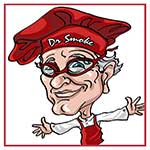
Thank you, Chef Calle, for this Charcoal Grilled Asparagus recipe- It was yummy!
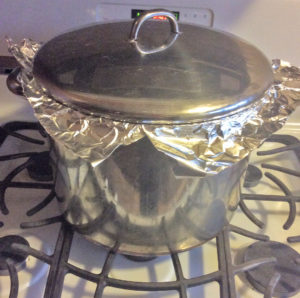
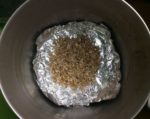
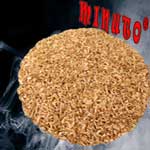 A simple in-house, smoking technique using tools you likely already have in the kitchen! Just think, you stayed warm, dry, and comfortable in your own house while the
A simple in-house, smoking technique using tools you likely already have in the kitchen! Just think, you stayed warm, dry, and comfortable in your own house while the









